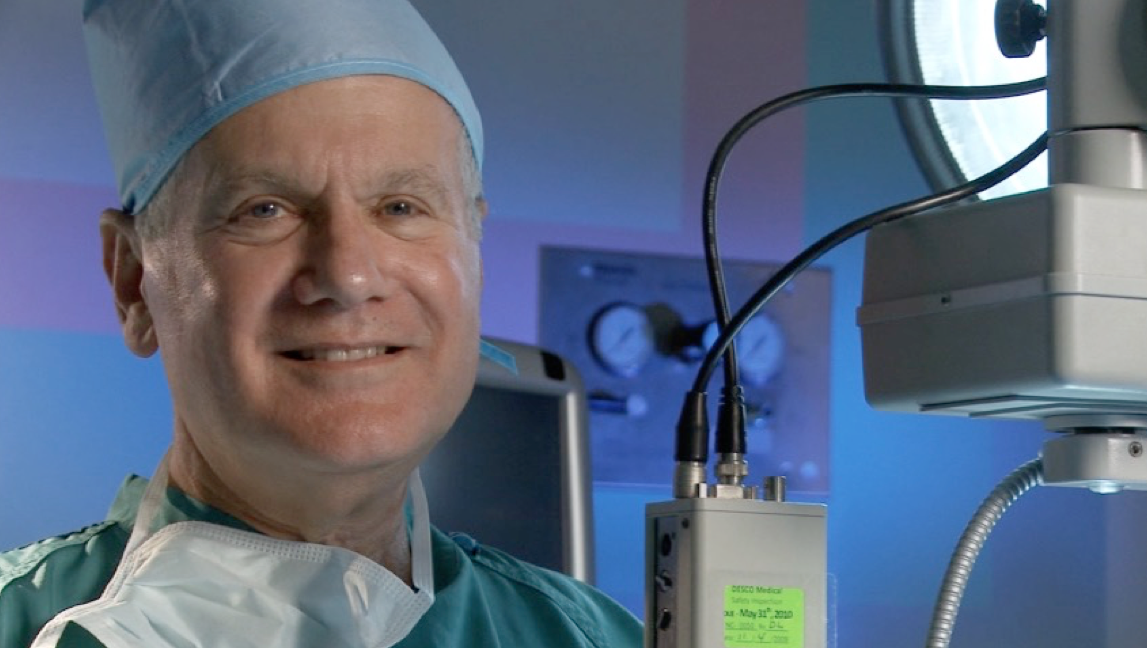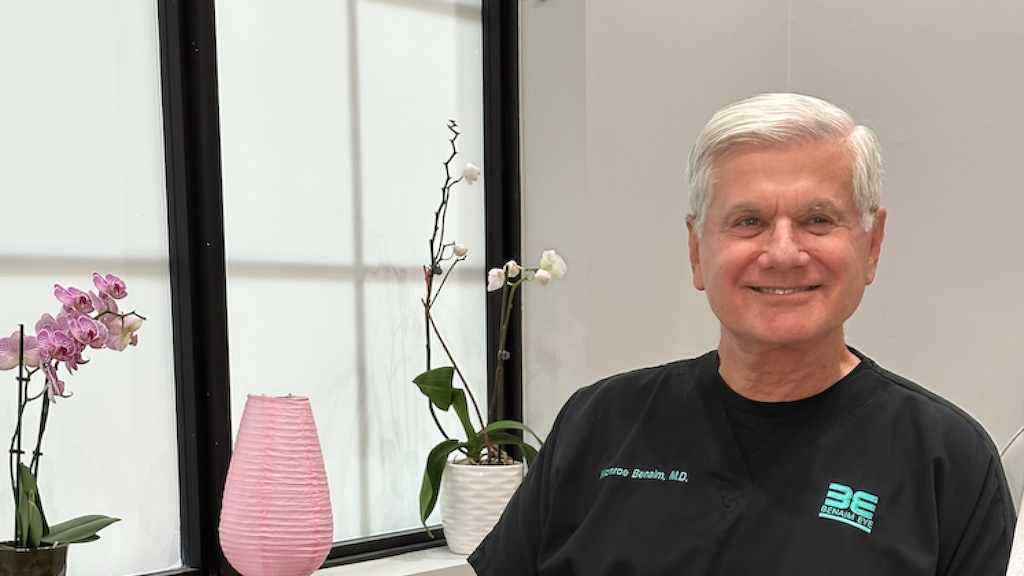
As you age, you will become more susceptible to developing a cataract. In fact, half of us will have cataracts by our 80th birthday, according to Harvard Health.
What exactly is a cataract? It’s a condition that causes your eye’s lens to slowly change from clear to cloudy and can begin to develop as early as your 40s or 50s — often starting out small and having a negative impact on your vision over time as it increases in size.
Once a cataract is diagnosed, it is common for a patient to ask about what to expect during cataract surgery. While some may think it is complicated, the cataract surgery process is usually simple and straightforward. To give you a full picture, here is what you should be prepared for before, during and after cataract surgery.
How to Prepare
Once cataract surgery is recommended to you, tests will be done to determine the type of intraocular lens (IOL) that fits your eye best. Your doctor may require you to stop taking certain types of medication to lessen any chance of bleeding and will prescribe antibiotics, either as eye drops or oral medication. On the night before your surgery, you will be required not to consume alcohol or to eat anything after dinner. When the day of your surgery arrives, avoid any make-up and make sure to arrange a ride home.
During Surgery
The very first step of the cataract surgery process is to dilate the pupils with eye drops along with a local anesthetic. You may also be given a sedative to help you relax.
There are a few surgical methods to remove cataracts. In one, known as phacoemulsification, the doctor makes a small incision in the cornea and then inserts a tiny probe into the lens where the cataract has formed. Once inserted, the probe is used to transmit ultrasound waves to emulsify the cataract and then to suction out the small fragments. The lens capsule — or the very back part of your lens — is left as it is. When finished, stitches may be used to close the incision.
A second method, known as extracapsular cataract extraction, is not as common and can be used when there are complications in the eyes. In this method, the doctor will extract the front capsule along with the cloudy portion of the lens. Since the incision is larger with this method, it will be closed with stitches. As with phacoemulsification, the back portion of the lens is left to allow the artificial lens to be fixed.
After the cataract is removed, the doctor will implant the clear, artificial lens that cannot be seen or felt, and does not need any care. The entire surgery will only take about 10 minutes.
Recovery
Fortunately, the recovery process is brief. If you’ve been sedated, you will need to rest for an hour or so until the effects pass, and then you will need to protect your eyes from bright lights. As previously mentioned, you will need to have a ride home and wear sunglasses in the car, even though your eyes will have an additional layer of protection via an eye shield. You can remove this shield after a few hours, but will need to wear it during sleep for a few days.
According to the Mayo Clinic, complications from the cataract surgery process “are uncommon, and most can be treated successfully.” Although people all heal differently, normal vision should return within a few hours of the surgery, and it is standard to schedule a follow up appointment the next day. Within a month, your eye should be completely healed.
To determine if you need cataract surgery, call us at (561) 747-7777 to schedule an appointment with Dr. Benaim. He has performed more than 20,000 cataract surgeries so you can trust that you’re in good hands. He also takes his time with patients, making sure to answer any questions you might have about what to expect during cataract surgery.


